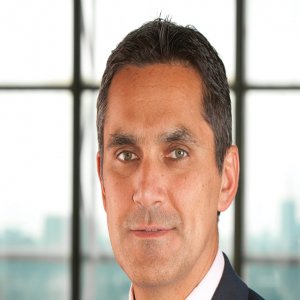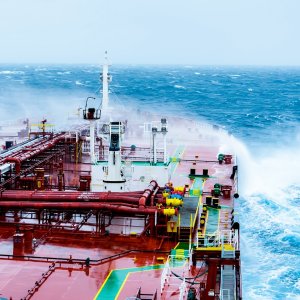Outlook on Risk Management in Deepwater Contracts

STORY INLINE POST
“We provide support for companies seeking contracts with PEMEX by working with the risk manager to establish the correct amounts to be included in the bid, whether it is liability insurance, builder’s risk insurance, or vessels and offshore construction insurance. When the contract is awarded we ensure that the budgeted insurances are in place,” confides Miguel Angel Camacho Torres, Director General of Camacho & Asociados. “We work mainly with large corporations, who have their own risk management departments, to help them define their risk appetite, and arrange buying back coverage for deductibles or underlyings.”
As Camacho explains, in Mexico, insurance and bonds are separate financial instruments, and there are bonding companies that provide local bond coverage as a warranty for contractors. By law, a bonding company has the financial strength to provide warranties, and only they can provide financial contracts that are accepted as proof of warranty. “An international insurance company may provide reinsurance for the local bonding company. Under Mexican law, PEMEX does not require 100% of the project guaranteed by its contractor, but only 10%. However, PEMEX cannot rely solely on the contractor’s insurance; it needs a cushion on top of this insurance. In some cases we have clients with a US$500 million pollution insurance and PEMEX has another layer to cover any costs that exceed the liability.”
Camacho & Asociados also works with clients to review their safety procedures by looking at their loss records and the type of accidents and risk exposure involved. “Both we and the underwriters ask the companies to provide surveyors to review the procedures, the engineering, all the data used, and verify that the construction of the project complies with the data. By doing this you can considerably reduce the exposure,” explains Camacho.
Following several recent major incidents in the oil and gas industry, and the emergence of deepwater activities and the possibility of shale gas development in Mexico, risk management is taking on a prominent role covering a broad spectrum of factors, ranging from project finance and construction to environmental concerns and safety issues. “We have been dealing with international adjusting and claim management companies for many years, such as Cunningham Lindsey, Charles Taylor, or Matthews Daniel. We have gained a lot of experience and learned from the feedback we received on claims handling, which makes life for our clients and our surveyors easier at the moment of the claim,” says Camacho. He feels that deepwater activities will have a considerable impact on the risk and insurance landscape in Mexico. “A smaller company may not have the appetite for a self-insured retention of US$1 million on a US$10 million project because it represents a big part of its profit. But if we are talking a US$100 million project, which is common in deepwater, the risk increases and larger companies are willing to take out larger selfinsured retentions. We are now drilling at close to 7,000ft in Mexico, which is called ultra-deepwater. With depth come more extreme environments, such as higher temperatures and increased pressure. Furthermore, the deepwater fields in the Gulf of Mexico are located on the path of hurricanes.”
Liability insurance is a huge element in deepwater because of the pollution factor, and the financial implications of clean-up expenses, pollution indemnity, or any type of third party liability. “The liability exposure in the Macondo case is still being fought in court, three years after the incident. BP has a US$20 billion trust fund for clean-up and compensation expenses.” However, as Camacho points out, deepwater activity in the US is thriving. The risk exposure taken on by underwriters is therefore running into billions of dollars, since they are working with a range of companies, such as Shell, Chevron, and BP. “Nevertheless, the financial capacity in the insurance market is limited, there is only 100% maximum capacity and liability exposure is getting more expensive, mostly for pollution. BP’s exposure with Macondo, for example, has reached US$37 billion.”
“PEMEX is moving ahead in a wide range of projects. Hopefully, the new types of contracts will attract a lot of new players. From an insurance perspective, if PEMEX takes away some of the burden from the contractors by taking on some of the risk, it will encourage larger participants with greater experience to enter the market.”





















